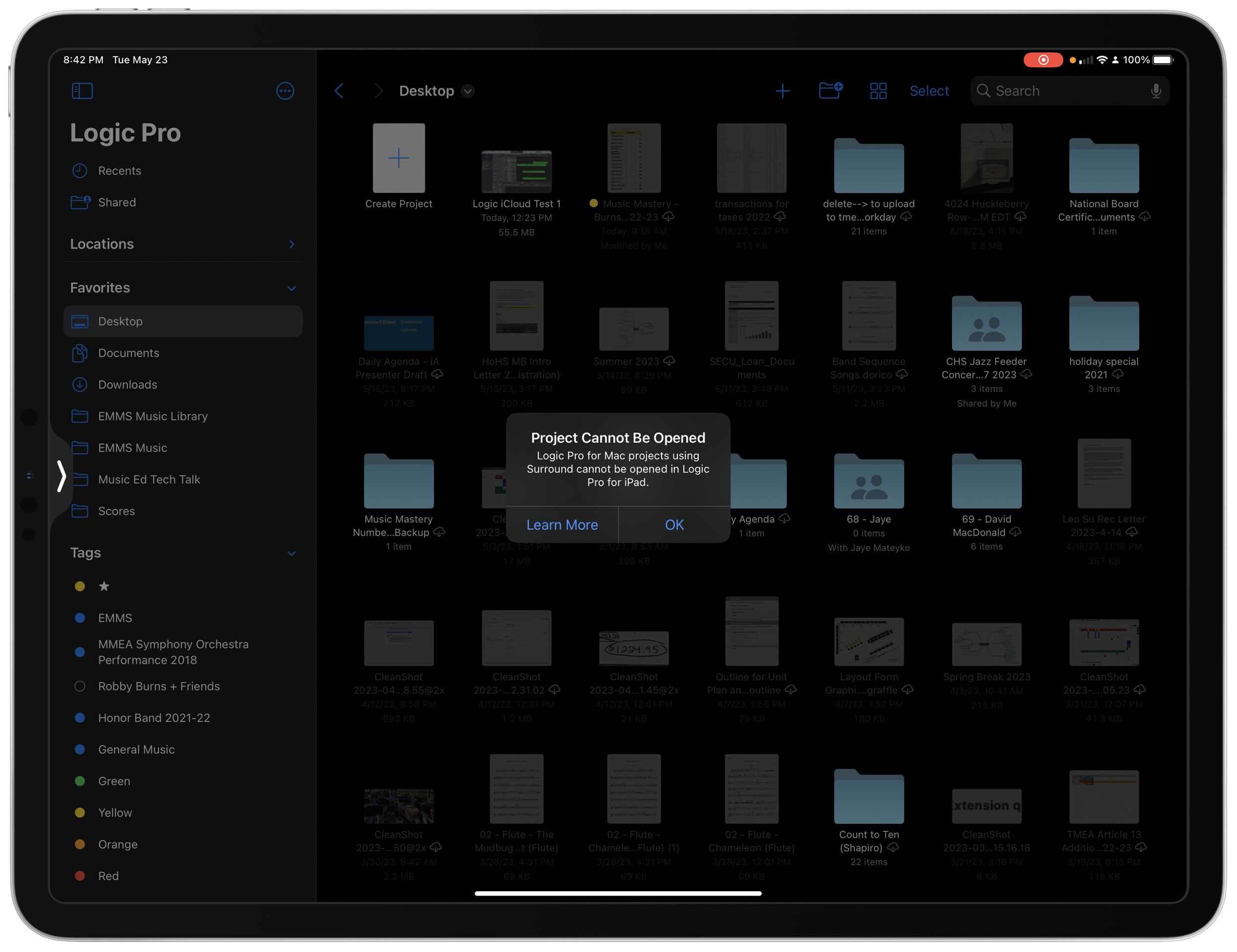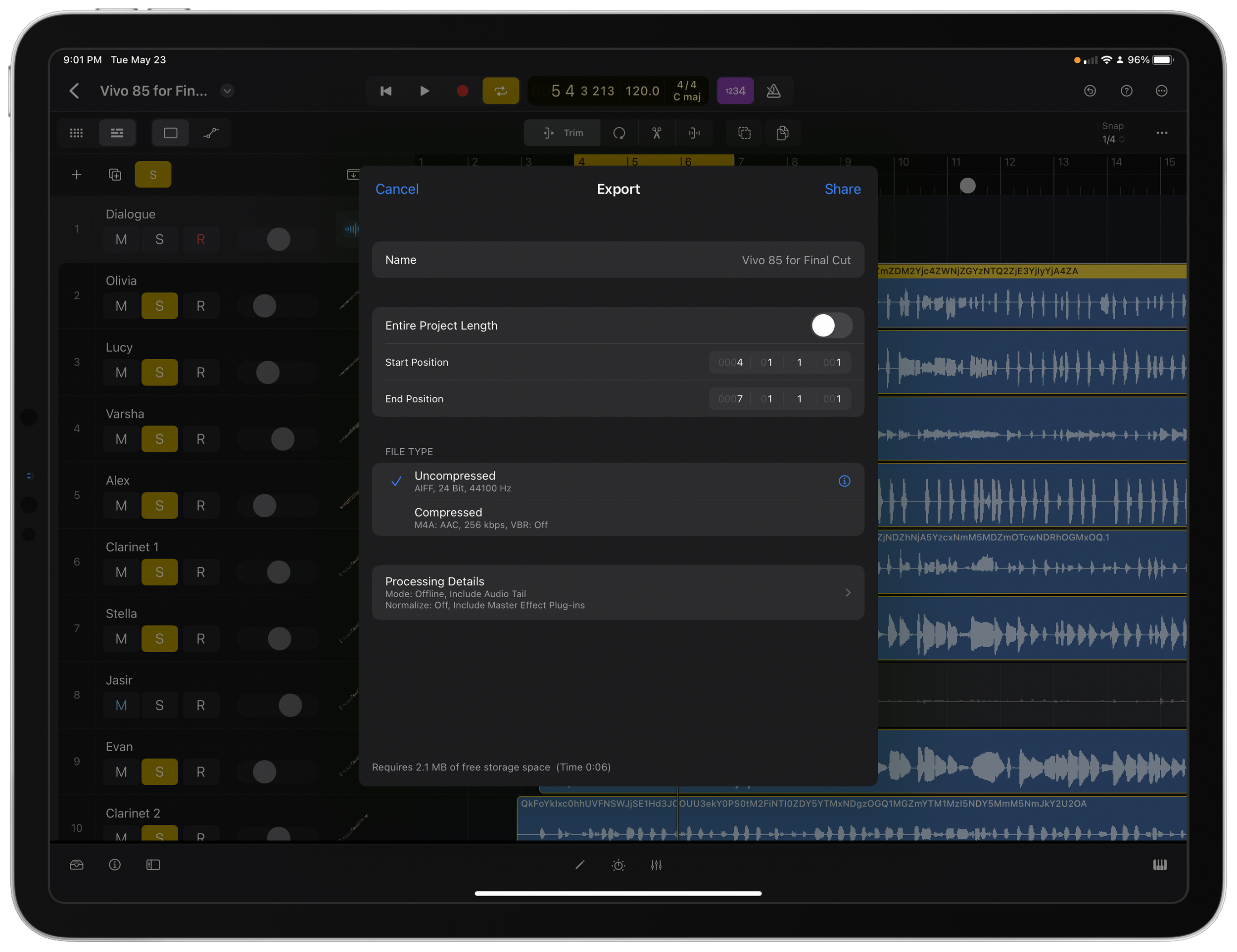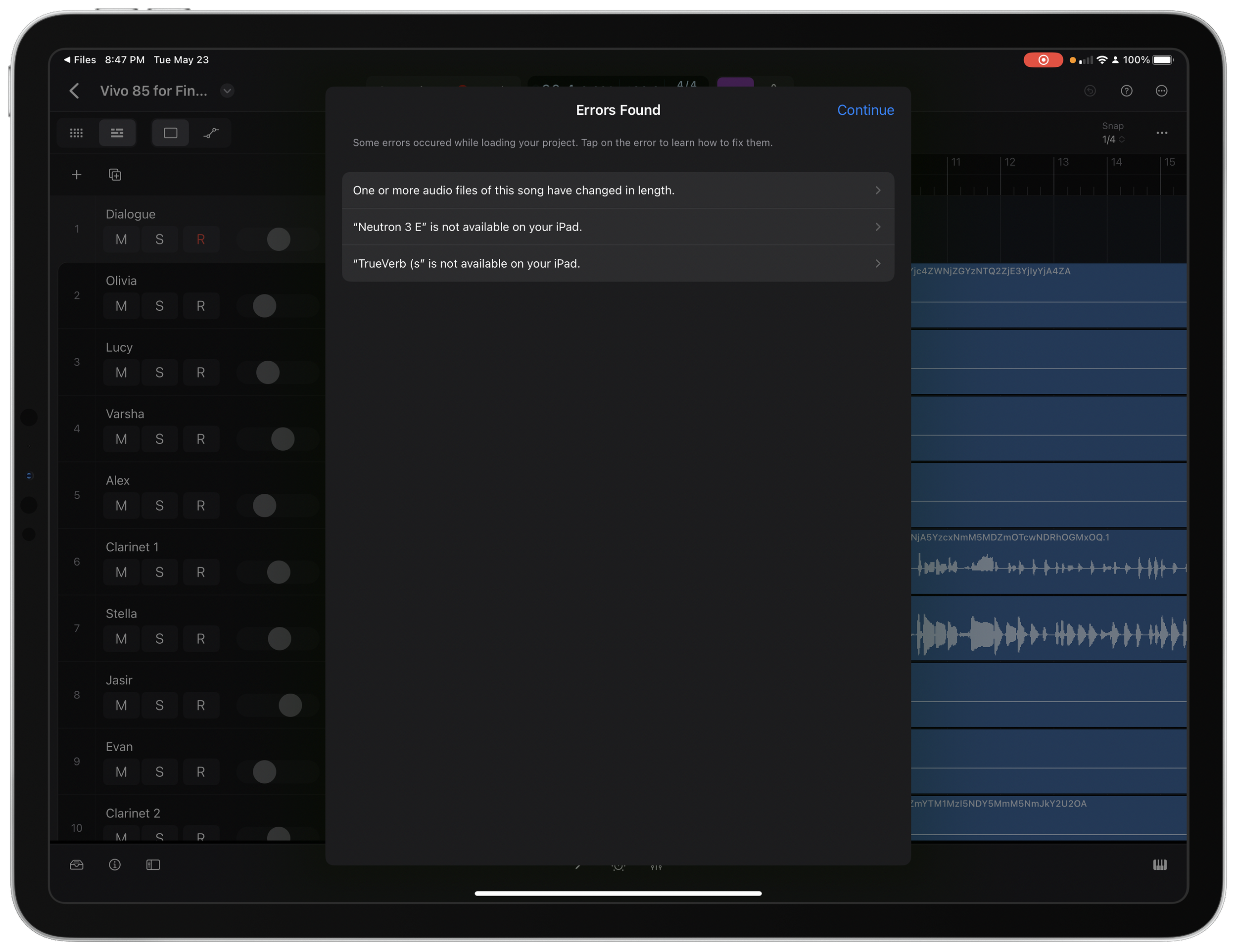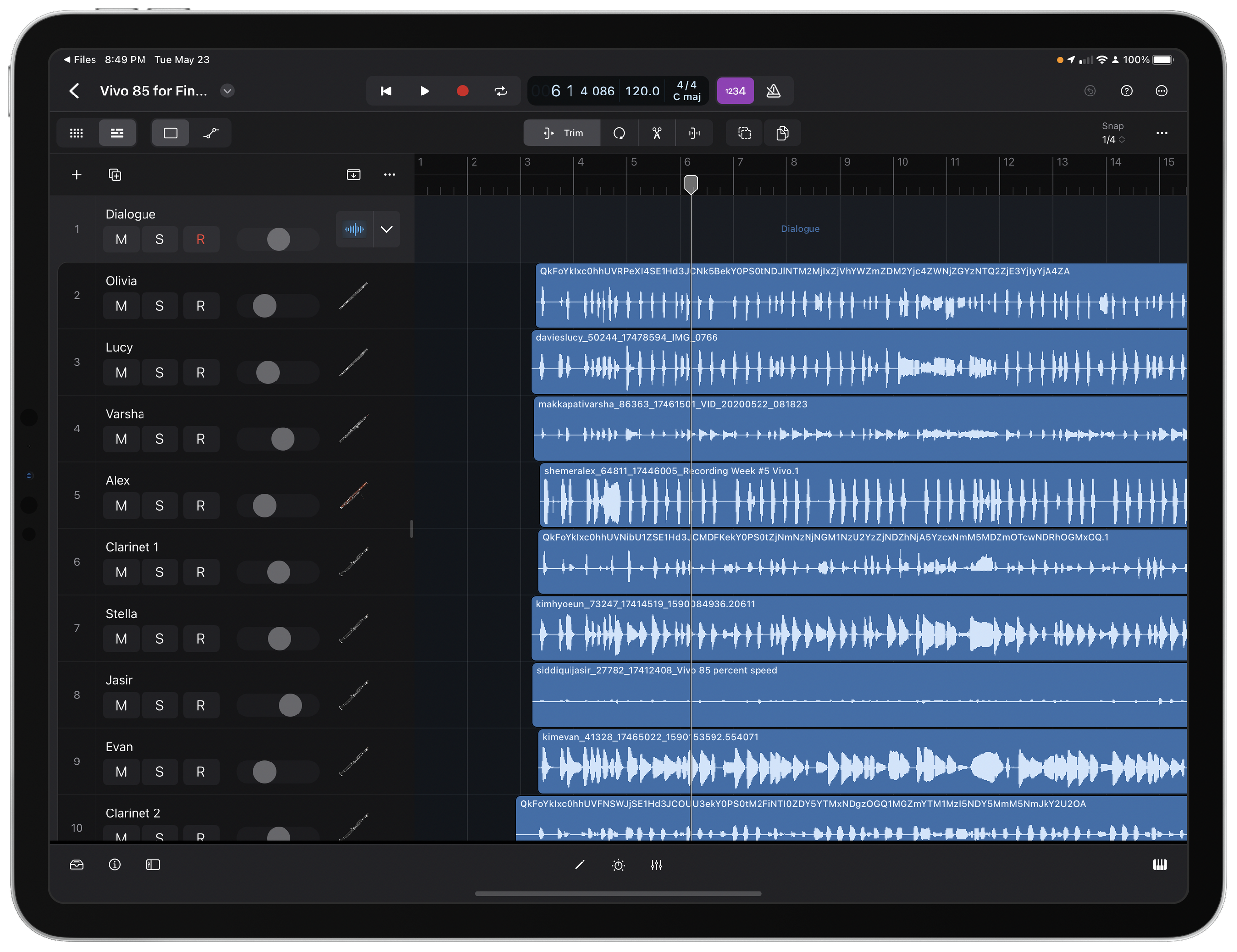David Getz is an educator from Illinois who is doing crazy awesome things with Google Spreadsheets to track the progress of his orchestra students. It reminds me of some of my own goals for tracking data and assessing students. Read about his awesome workflow on his blog.
Post #3 - Creativity in Organization: Google Sheets Dashboards — David Getz Creative:
Spreadsheets begin as endless rows of empty cells, neatly organized in columns and rows; a pure, blank canvas. What’s hidden in each cell though are endless formulas and shortcuts that can allow any creator to manipulate them for artistic and imaginative purposes.
I have always enjoyed goofing around with spreadsheets, but it was typically for the sole purpose of organizing baseball statistics or populating March Madness brackets. It wasn’t until I began coaching cross country that I began using my knack for number crunching for a professional purpose. After a few seasons of gathering large amounts of running data and analyzing trends to help us in our races, I realized I could also be using Google Sheets for educational purposes in my classroom. Music teachers often have the same students for multiple years, so having a way to analyze data over a long period of time is essential.
This year, I have decided to take a deep dive into building Google Sheets Dashboards. Keep reading here…





